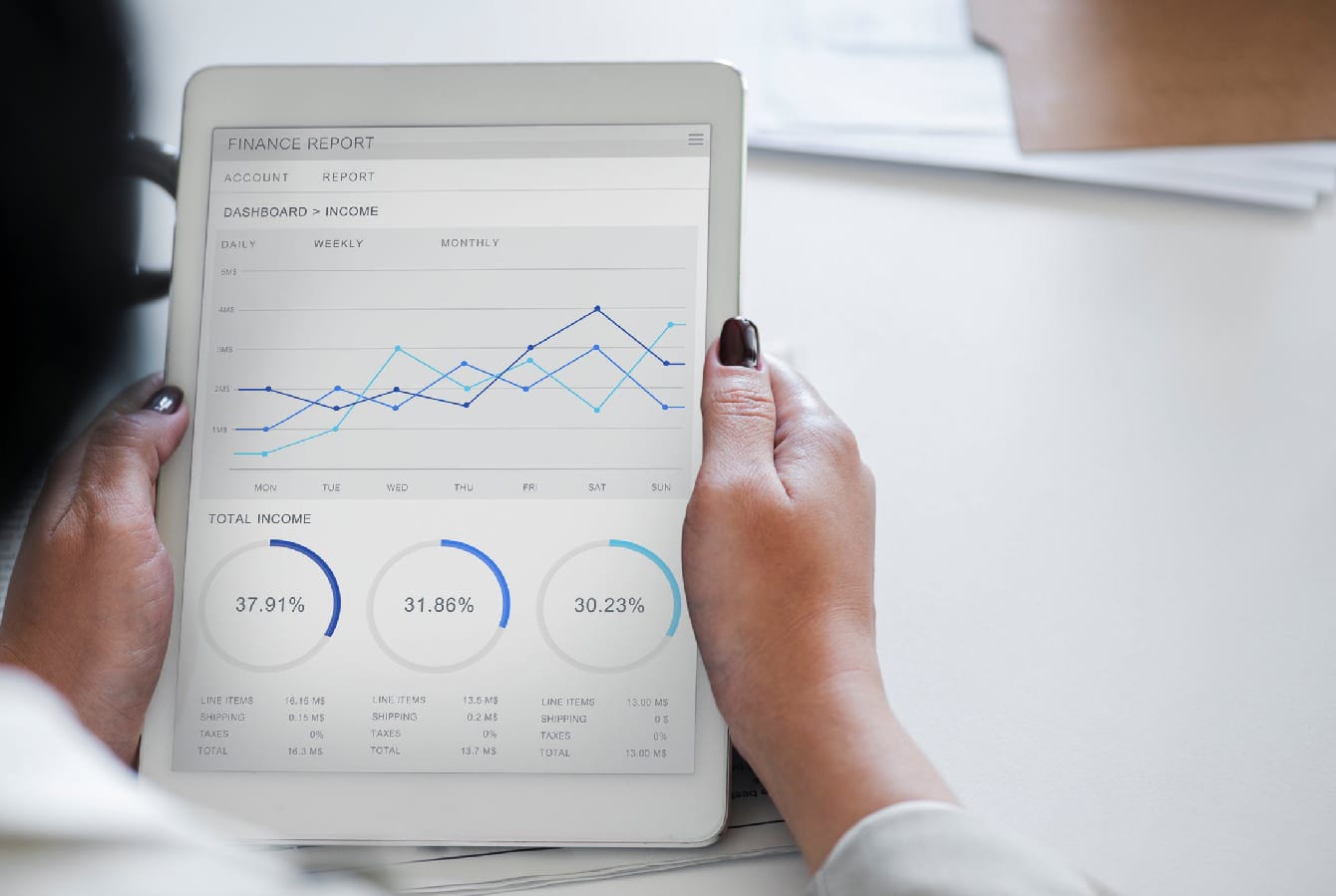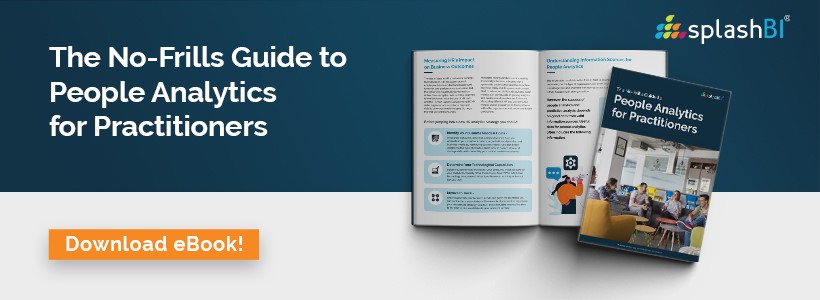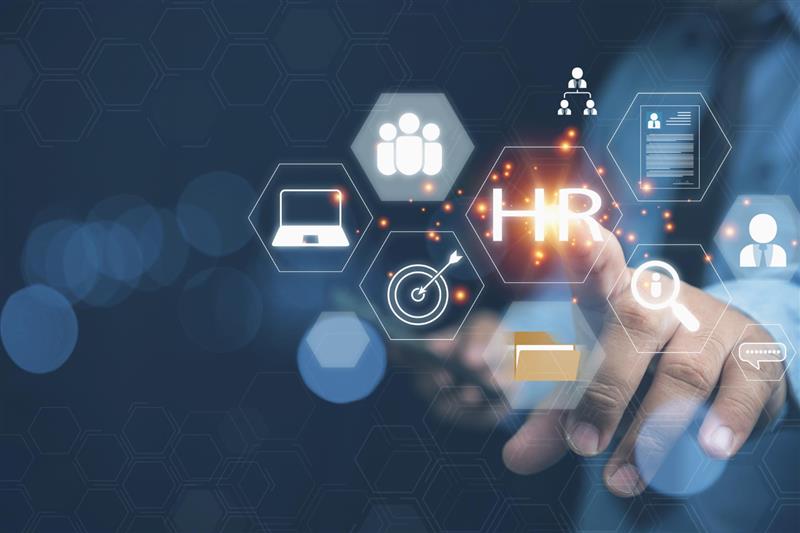What is HR Analytics or People Analytics?
We all know that humans are good decision-makers when they are unbiased. However, there are times when they give in to emotions, prejudices, biases, etc. Decisions made under such influence can hurt the company’s ROI and growth. Also, the time that is taken to analyze and manage such a vast amount of data is more and prone to mistakes.
This is where Predictive Analysis and Machine Learning come in. When these decision-making models are fed with data, they can deliver error-free decisions, provide actionable insights, and catch trends in the data, which helps in propelling the growth of the organization.
HR Analytics or People Analytics can be defined as the process of using data patterns that aid performance improvement and decision-making. It helps in measuring the impact of HR metrics like retention rate, and time to hire on business performance.
Google search for term HR analytics or people analytics has quadrupled in the last couple of years. According to Forbes Insights survey in terms of skills sought, predictive analytics and data analytics are in high demand at more than 68% of organizations around the world.
Importance of HR Analytics or People Analytics
While it is true that great companies are made out of great employees, sometimes the work they do provide minimal returns or reduce productivity. Analytics in HR help companies in identifying resources that show lesser productivity at specific tasks and delegate such functions to machines via automation. This helps employees in dedicating their time and effort to other valuable and profitable activities.
Companies experiencing high turnover can use People analytics or HR analytics to understand the reasons for the dip in their performance, and the factors which impact their productivity. By doing so, they can instill faith in their employees, and they can maintain the current workforce instead of replacing it. The idea is to identify factors that affect employee engagement and overcome them by fostering suitable conditions.
No matter what the size or scope of a company is, finding skillful resources are always tricky. Using HR analytics tools helps organizations in identifying what is needed from a new hire based on previous applicants, the company’s needs, and their success. HR Analytics help companies in understanding new hires based on their historical data. This helps them in analyzing if they are a good fit for the company or not.
Advantages of HR Analytics or People Analytics
HR experts were relatively slow initially to integrate HR analytics into their operations and decision making. Once the business leaders realized the benefits of HR analytics, interest in the area quickly increased. Advanced HR analytics tools use HR data to analyze and turn it into useful insights, which can later be used to classify different trends and critical areas.
Let us now look at the advantages of people analytics, which help in the growth of an organization:
1. Hiring
Today, companies around the world are looking for employees who culturally fit in their organization rather than someone more talented or qualified. Solutions provided by SplashBI deploy analytics to sift through a breadth of data. This helps organizations in determining which candidate matches the culture of the existing workforce. SplashBI makes it easier to extract critical insights from a candidate’s historical data. HR Analytics is already a game-changer in hiring top talent.
2. Retention
People Analytics help in identifying churn patterns using machine learning algorithms and predict employees who are most likely to churn. These help the HR management team to be proactive and churn the employees themselves. SplashBI offer HR Insights like these to help in improving the training, onboarding, and performance management of any organization.
3. Improved productivity
HR Analytics help in identifying the factors that drive productivity. They help in shaping the HR strategy, including training, performance management, and other HR policies. Analyzing HR data using SplashBI helps the company in identifying the least productive employee and recommend them with ways to fine-tune his/her approach.
4. Structured Compensation
It becomes easy for organizations to structure compensation packages for their employees when they have all their performance-related data at their fingertips. SplashBI helps companies analyze factors like skill, domain, education, experience, certifications, and their likelihood of remaining in the company to optimize their compensation.
5. Employee Satisfaction
HR Analytics tools like SplashBI for HR helps organizations in tapping information using feedback forms, surveys, interviews, performance reviews, customer feedback, and social media to make better HR decisions. Employee satisfaction is paramount to the success of any organization, and it goes a long way in the overall growth of the organization.
“You need to know enough about your business and your HR data to understand how it impacts your business. You need to know the ‘why.’” Marc Howze, VP, Global Human Resources, Deere & Company
Conclusion
People Analytics is a giant leap in the field of HR; it requires astute professionals who understand the inner workings between employee lifecycle events, who are proficient in statistical tools, analytical tools, and data science. It is no surprise that people analytics help in identifying trends in human-capital data and generate actionable insights that lead to better decision making.
Furthermore, SplashBI is making insights accessible through continuous updates so that organizations can make critical decisions in real-time without HR intervention.
SplashBI offers dynamic KPIs using table drill-downs and charts to give a comprehensive insight into your HR data. We help you get a glimpse of the most important KPIs of your organization’s HR data and allow you to plan a strategy accordingly.















